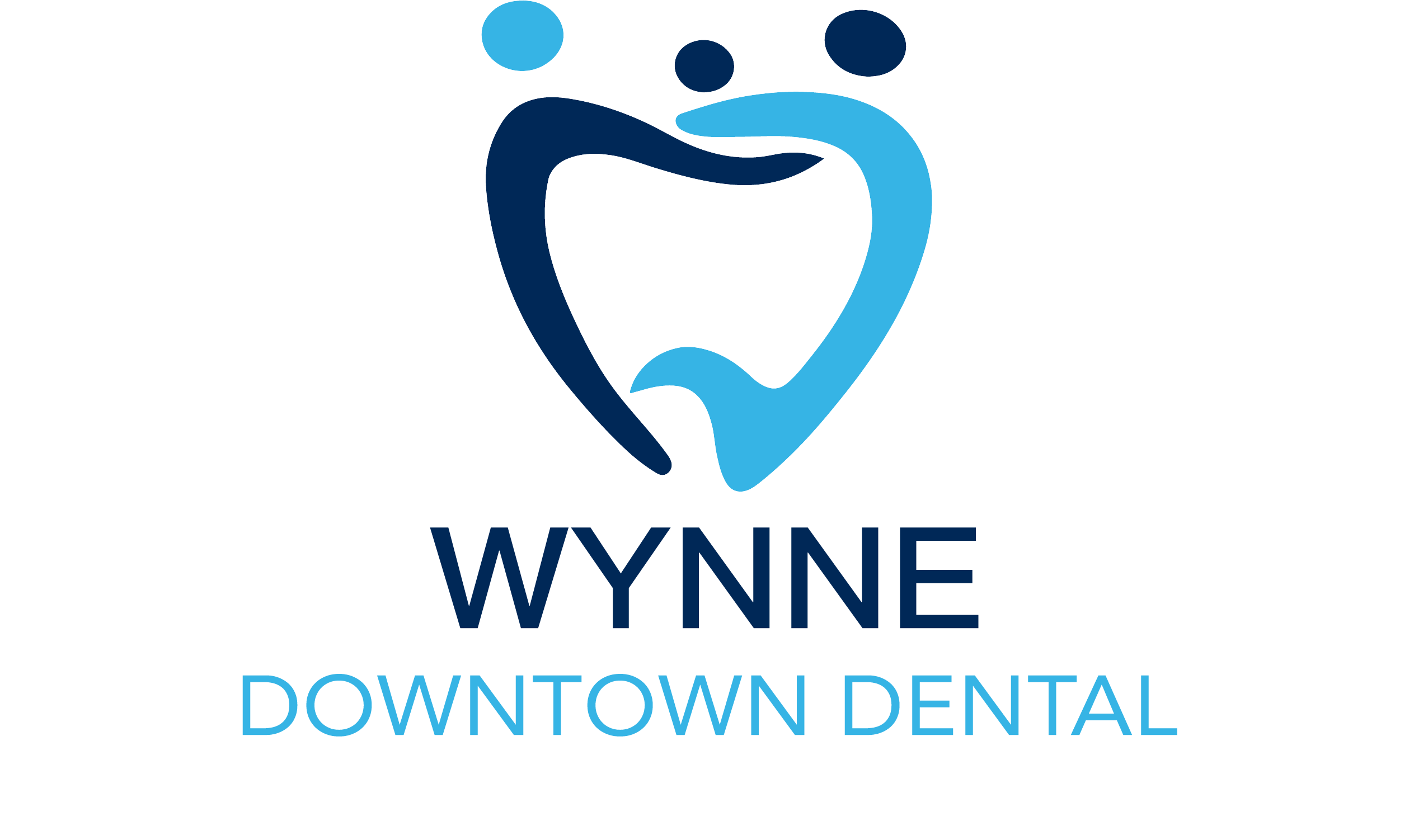
06 Feb The Beginner’s Guide to Braces: Understanding the How and Why of These Helpful Tools
If you have an overbite, underbite, crossbite, or any other bite that’s not a normal bite, chances are your dentist has recommended braces. If your teeth are misaligned or crooked, chances are your dentist has recommended braces. You’re one of millions of Americans who need or currently have these orthodontic appliances, and you’re on your way to a healthier, happier smile.
But we understand that you might have a couple of questions as you start this journey. Today, we’ll examine how braces work their straightening magic, why they’re worth the money, and finally what your options are regarding them.
How Do Braces Work?
The concept of braces seems a little far-fetched when you think about it. Aren’t your teeth anchored to your jaw? How could putting some metal dots on them move bone?
Well, your teeth aren’t actually anchored to your jaw, believe it or not. Instead, your teeth are attached to what’s called the periodontal ligament. As pharmacist Dr. Dena Westphalen explains, “This membrane controls the position of your teeth, and it responds to the pressure being put on your teeth by braces.” The little metal dots known as brackets are pulled by the wires, which applies pressure to your teeth. Over time, the periodontal ligament reforms according to this new shape.
Why Bother Getting Them?
Let’s face it: braces are expensive. There’s no beating around the bush. Braces can cost thousands of dollars, and while insurance often helps, there may still be a significant out-of-pocket expense.
In light of that, it’s worth asking: why do I really need them again? Sure, maybe my teeth are sort of crooked, but I can live with that, can’t I? Better crooked teeth than spending thousands of dollars!
First of all, we would encourage you to seek out insurance coverage. Before resigning yourself to a large out-of-pocket sum for braces, we’d urge you to research whether your coverage includes braces or not. Depending on your circumstances, some coverage may be available.
Second, we need to consider why braces are so important, and worth investing good money in. Braces are just that—an investment. Think of it this way: the smile you have now is the smile you’ll have the rest of your life. It’s worth making it one you feel comfortable in.
The cosmetic benefit of braces is obvious, and provides a confidence boost to teens and adults alike. But there’s more going on behind the scenes than just a glamour treatment.
Without the correction of braces, a mouth with crooked, misaligned, or otherwise problematic teeth could cause some serious trouble. As Harvard Health explains, “Crowded or overlapping teeth can be difficult to clean, making tooth decay and gum disease more likely. Teeth that don’t come together properly when you close your jaws—a problem called ‘malocclusion,’ or ‘bad bite’—can cause chewing and swallowing problems. Poor tooth alignment can also make it difficult to pronounce certain sounds and can put excessive stress on the chewing muscles, causing facial pain.”
All of these are legitimate orthodontic problems that may require intervention. If your dentist decides that your teeth require orthodontic attention, they aren’t making that up—you could suffer gum disease, tooth decay, or other serious dental problems in the future if you decide to forgo that advice.
What are my Options?
We’ve covered how braces work and why they’re worth the cost. But what type of braces should you get? Maybe you’re a teen who can’t wait to ask for hot pink elastics on her braces just like her friends and eat ice cream for a week after you get them put on. Maybe you’re an adult, and you’d prefer the most discreet option available. Whatever you’re looking for, there’s something out there for you. Here are a few of the main choices for those seeking to straighten their teeth:
Traditional Metal Braces.
Metal braces are classic. They are the most popular, most widely used, and most affordable option on the market. Of all the teeth straightening options, they tend to be most effective, too. Teens usually opt for bold, neon elastics on their metal braces, while adults may prefer neutral tones.
Ceramic Braces.
For those who want a discreet look, yet don’t think Invisalign or other braces alternatives are the best fit for them, ceramic braces are a great pick. These operate like metal braces, but are made from clear, tooth-colored material. One downside, however, is that they can stain if not cared for diligently.
Lingual Braces.
Lingual braces are normal braces, made up of all the same components—they’re just applied to the inward-facing side of your teeth instead of the outward one! They are nearly invisible, which can be appealing to self-conscious youths, business professionals, or other image-conscious wearers. However, these are the most expensive of the four options discussed here, ranging from $5,000 to $13,000. You may experience discomfort with the brackets rubbing against your tongue. There’s also the serious possibility that you will develop a lisp.
Clear Aligners.
Ranging from $3,000 to $8,000, clear aligners such as Invisalign are not as pricy as lingual braces, but still provide the advantage of concealed treatment. Invisalign has soared in popularity over recent decades. Aside from the invisibility the name implies, many patients appreciate them due to the easy removal for brushing and flossing and lesser appointment requirements.
Note that these aren’t all the options on the market! Your orthodontist or dentist can discuss options with you to see which would best fit your needs, preferences, and price range. There are pros and cons to consider with each choice, and your orthodontist should walk through those pros and cons carefully with you before you make the final decision.
If you’re feeling intimidated at the thought of getting braces on, don’t be! It’s a normal thing that many other people—4 million Americans at the moment, in fact—are going through. Whether you’re a teenager, an adult, or just a kid, know that we’re here to help you in your oral health journey. We believe that the best smile for you is one that’s happy and healthy!
Dr. Copeland is pleased to offer clear aligners as a great alternative to traditional braces. Schedule a consult today!

About Our Team
With over 30 years of expertise in the field of dentistry, our team here at Wynne Downtown Dental is ready to meet your needs. We’re passionate about educating our patients on improving their oral health and helping our patients get the smile they deserve.
